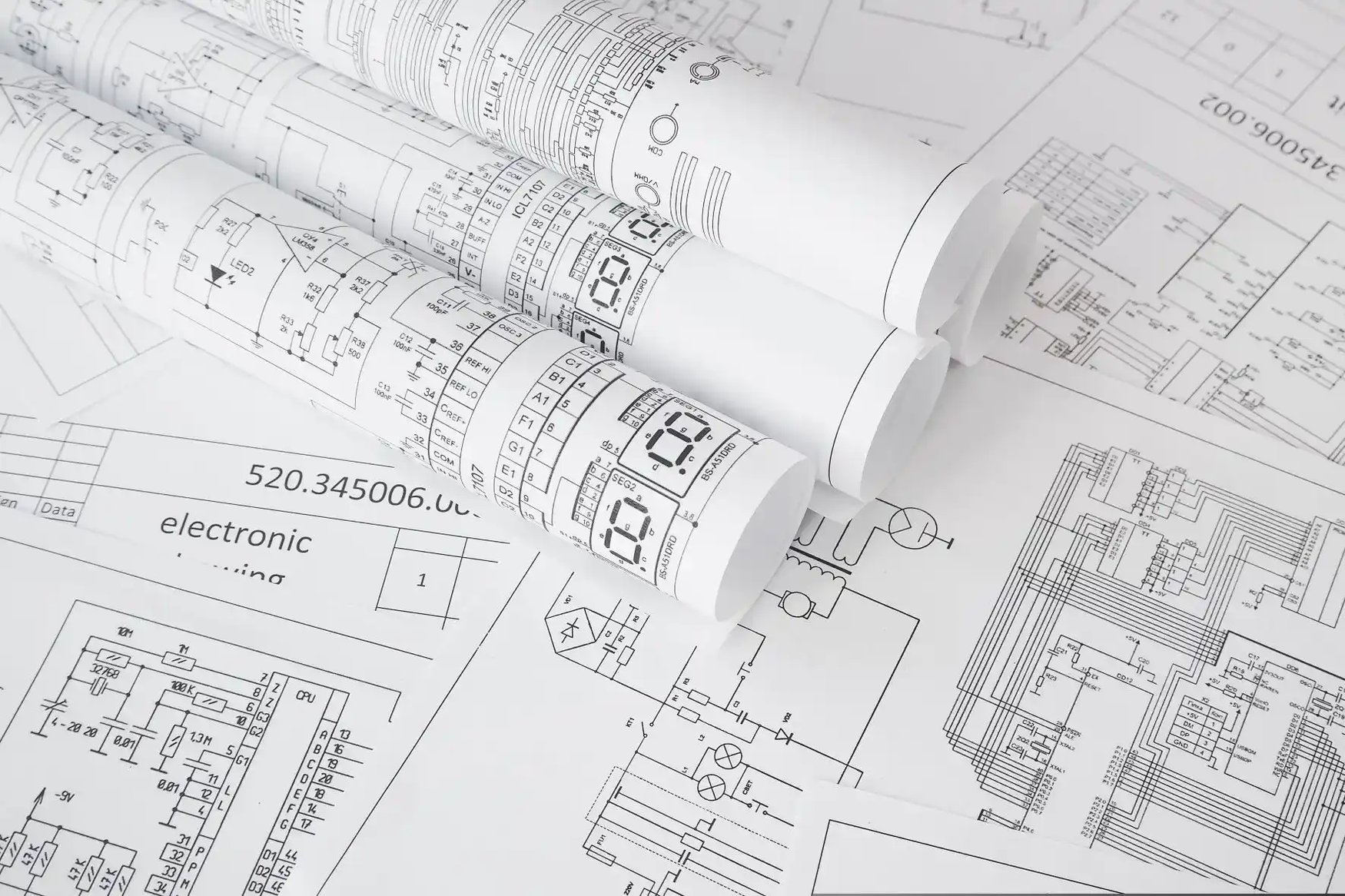Why Electrical Load Monitoring Vital for Commercial Buildings?

Electrical Load monitoring can help identify issues with your power equipment by detecting voltage, frequency, or loading anomalies in electrical installations distribution systems and monitoring ongoing energy usage at a property or for a specific installation.
The monitoring equipment can also detect the uneven Load on three-phase systems so that it can be corrected, a balanced supply restored, and safety maintained.
Why is Electrical Load Monitoring necessary?
While energy costs are a significant portion of overall operational costs, many businesses don't know where their energy dollars are going because they only get one monthly bill with zero indication of whether that use was everyday or excessive compared to operations that month.
Electrical Load can track power use at the main service entrance, followed by large loads and secondary supplies, to determine how much power is used, when, by whom, and at what hourly cost. Inevitably, the data will show several energy inefficiencies that can be fixed by making simple operational changes, such as turning off particular loads, reducing loads during peak rate periods, or rescheduling loads to operate during off-peak rate periods.
Measuring your electrical consumption
Load monitoring can be done in two ways: with temporary meters that log data or with a fixed metering system.
Temporary meters are beneficial if you suspect a problem and can frequently identify any appliances or areas of your building that are increasing your energy consumption.
A fixed metering system like Load monitoring is an always-on approach that measures energy consumption and stores the data for easy access and use. This allows for a proactive rather than reactive approach and the opportunity to continually optimize the appliances and energy usage within your building or facility to maximize efficiency.
Factors impacting Electrical Load
Demand: It is calculated as a ratio of the maximum possible demand to the total connected loads of the electrical system. The total demand for the electrical system for specified time intervals is defined as the maximum demand.
Coincidence: The ratio of maximum demand over total individual entire needs of subdivisions. Even though electric loads rarely coincide, there is some diversity, which is why the coincidence factor is essential.
Diversity: is a factor that is thought to be the reciprocal of the coincidence factor. It is calculated mathematically as the ratio of individual demands to the maximum need of the entire system. So, while the demand factor is concerned with individual loads, the diversity factor involves groups.
The load factor: is the average electric Load that occurs over a specific period divided by the maximum Load that arises during that specified period.
Economy factors: Economic factors are defined as factors that are bought, sold or produced in a specific region or country. It is the most critical factor influencing electrical load forecasting.
Why should you measure your consumption levels?
Electronics are typically powered by a battery, solar energy, a fixed power source, or a combination. You must be aware of how much power a circuit uses, regardless of the method you employ to supply it with power.
Power is proportional to current and voltage. Because the voltage in a circuit is constant, the current is a variable factor in determining power. When you power up an industrial controller with an insufficient power switching power supply, you'll notice that the voltage is clamped. The circuit cannot function properly because the power supply cannot provide the required current.
As a result, before selecting a power supply, it is critical to determine how much power a circuit consumes. The same holds for solar-powered circuits. Each solar panel generates a rated amount of current, and it's critical to strike the right balance for what the circuit requires.
Failure to calculate power consumption for a battery-powered design can lead to significantly reduced operational time. Battery-powered designs are intended to be energy efficient. Every uA makes a difference in how quickly the battery drains. You might notice the battery dying within minutes if you're not careful.
Considering energy storage, you should also consider your home's electrical Load and specific appliances. Knowing how much power your devices and entire home use can help you choose the right size and type of backup battery. Because all backup power sources have limitations in terms of the amount of electrical demand they can handle, you'll have to choose a solution with sufficient capacity to meet your needs.
By consulting NY engineers you can resolve energy efficiency issues. It will help you obtain your Electric Load letter for commercial buildings at a very affordable rate. The electrical Load on your home tells you a lot about your home's past, present, and future energy consumption.
NY engineers can help you to monitor your electrical load as it will help you to save money & can contribute to the earth. We have a dedicated team to help you resolve your issues by calculating the Electric Load. Contact us and will do our best to give you the best solution according to industry standards.

Ankit Javeri
Ankit is the Project Manager at NY Engineers, who holds an M.Tech. Some of his projects includes Community Access, Jackson Avenue
Join 15,000+ Fellow Architects and Contractors
Get expert engineering tips straight to your inbox. Subscribe to the NY Engineers Blog below.


